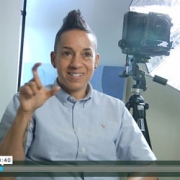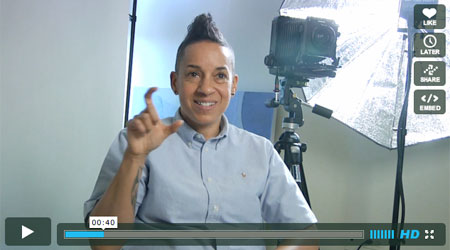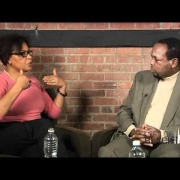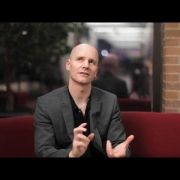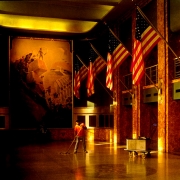Love the work that Sarah Stolfa and her staff are doing for photography and photographers over at the Philadelphia Photo Arts Center. Known for staging world-class exhibitions in their space, PPAC’s upcoming show is something special. Three long-time Light Work friends, Doug DuBois, Amy Stein, and Mark Steinmetz, will be in a show there which opens March 3. The show, called East of Eden, sounds amazing. The exhibition revisits themes explored in the John Steinbeck novel, including, according to the PPAC, ” . . . themes of the west as a place for transformation and prosperity, familial relationships, America on the brink of change and the deterioration of the small town.”

I recently spoke to Sarah Stolfa, executive director, and Christopher Gianunzio, exhibitions coordinator at PPAC, about their reasons for staging East of Eden now and with these particular three artists:
“There has been a lot of discussion lately about attention span as it relates to both literature and artistic, or more specifically, photographic practice. We had been discussing the tremendous crossover between photography and literature in terms of descriptive power, narrative, and how photographs can function like written language. We wanted to do a show that fused these two mediums.
The Internet has radically changed the way we experience images and writings. We wanted to create an exhibition that reacted against this diminished attention span through photographic projects where time became an important factor in their conceptualization and production. The novel, East of Eden, is so sweeping in its scope, both in terms of time and the length of the book itself, it seemed like the perfect fit. Conceptually, it made sense to take a novel that has been so influential in literature and create an exhibition of contemporary works that embodied many of its central themes.
Doug DuBois’s work about his family, All the Days and Nights, fit perfectly with the concept of the show. Having worked on one project for decades, it has become a record of a family’s complex history. The themes within the work and the scope of the project both relate to Steinbeck’s novel. As does the theme of being stranded or traveling to a better place that Amy Stein uncovers in her work Stranded. Stein, in the aftermath of the failed response to the flooding of New Orleans in 2005, states the work “is a meditation on the despondence of the American psyche as this collapse of certainty left the country stuck in an unfamiliar space between distress and relief.” This loss of faith in the American promise resonates with the novel East of Eden. Mark Steinmetz’s interest in photography is how it can function as literature. The South Central work is not a document of Knoxville, TN, but rather a loose narrative about the deterioration of the small town and the socio economic implications during a shift in technology.
The other unifying link between these three artists, though working within varying aesthetics, is their choice to use the portrait as the delivery system.”
The exhibition open March 3 with a reception March 10 and an artist talk by Mark Steinmetz on March 11. In the meantime, check out Doug DuBois, Amy Stein and Mark Steinmetz‘s work in the Light Work Collection as well as this video of DuBois talking about his work over on Sunday and Wednesday:
Doug Dubois Interview from Georgi Unkovski on Vimeo.
—Mary Goodwin, Associate Director
Image: Amy Stein, Peri, Route 64, Outside Lexington, Kentucky, 2005
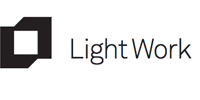

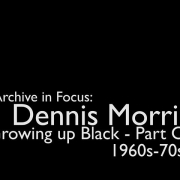

 Check out this great
Check out this great 